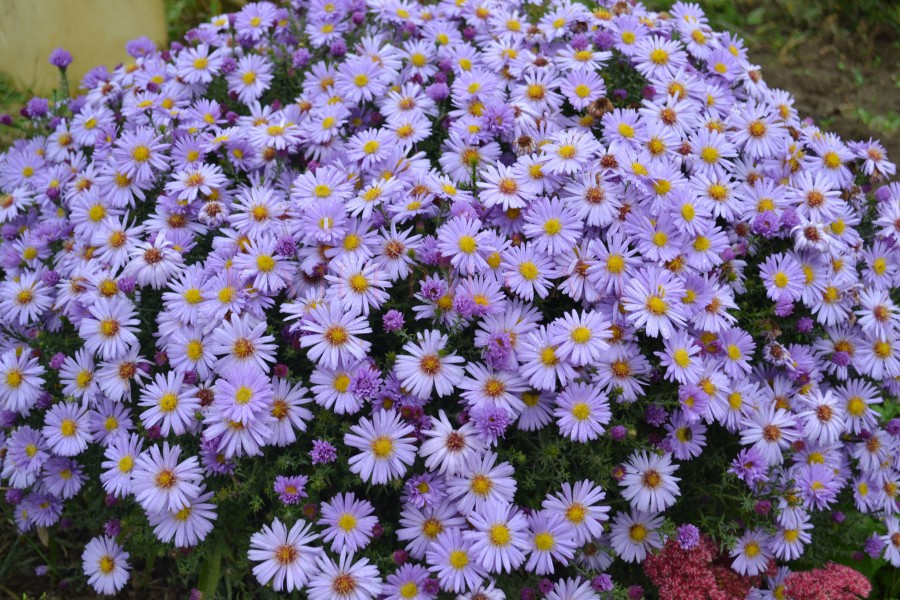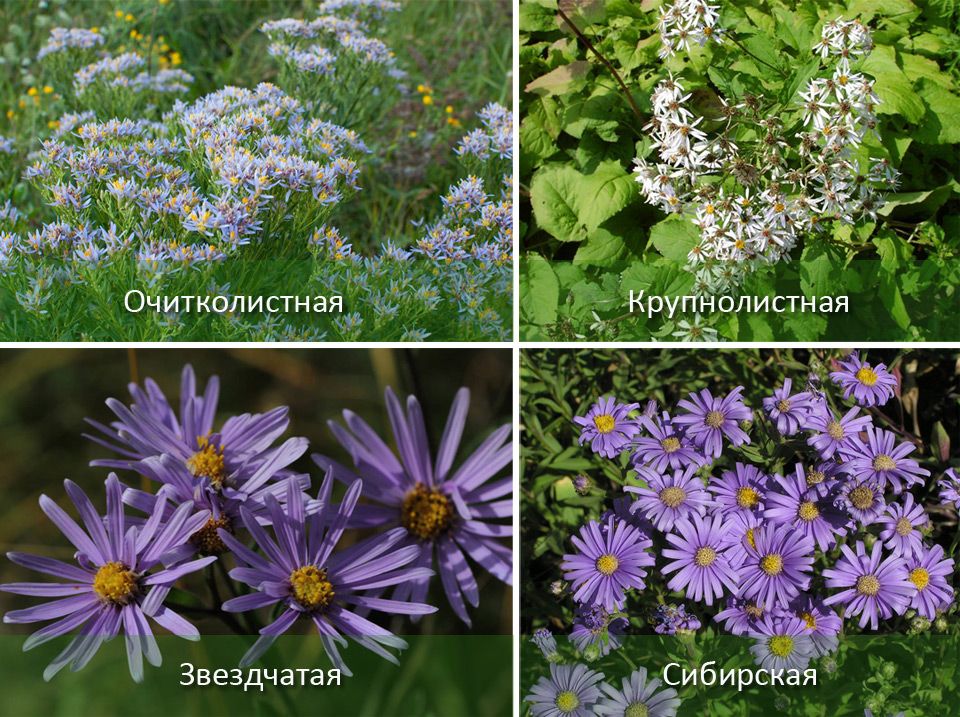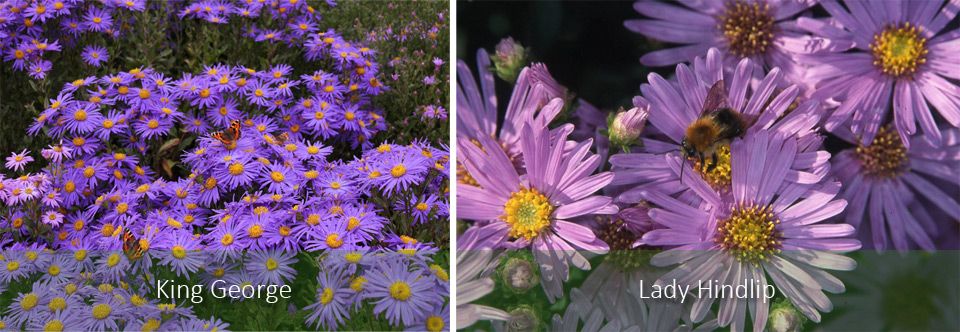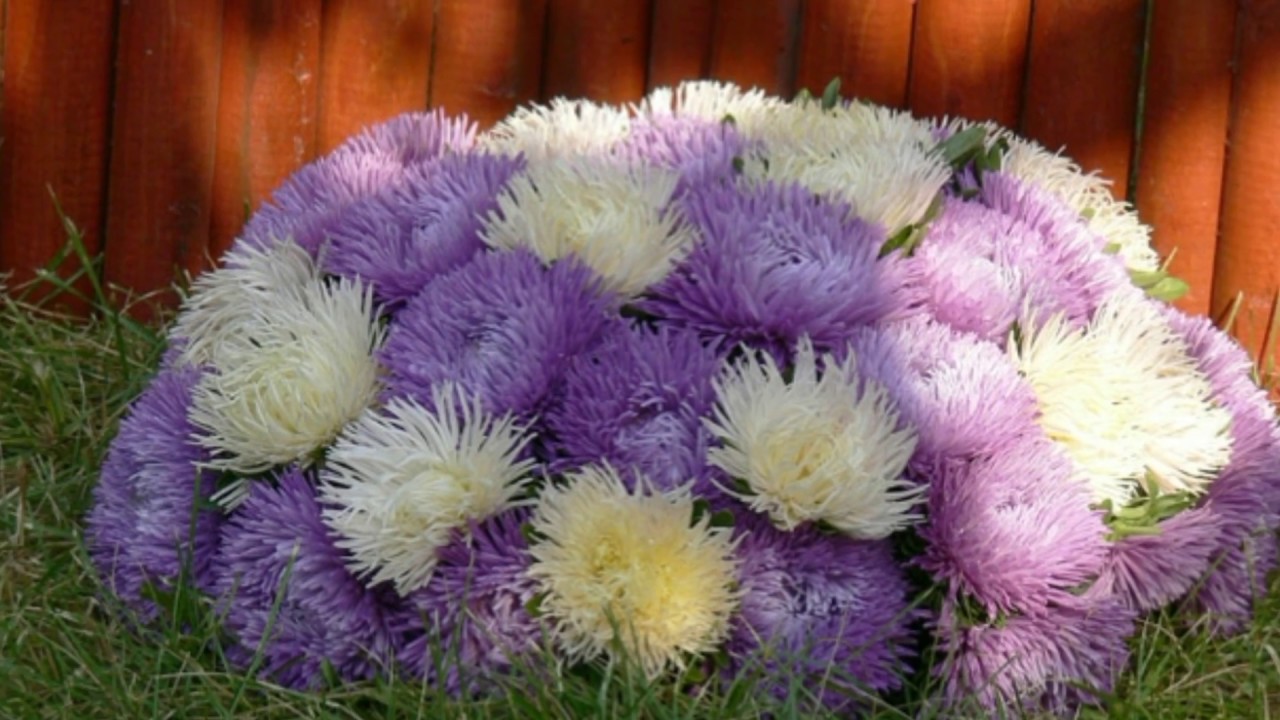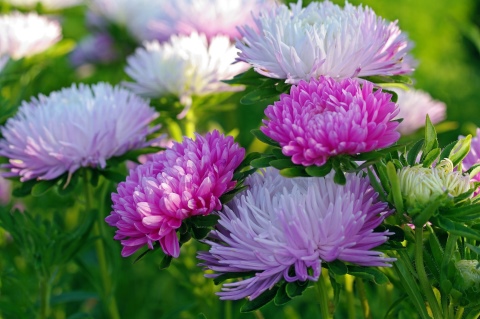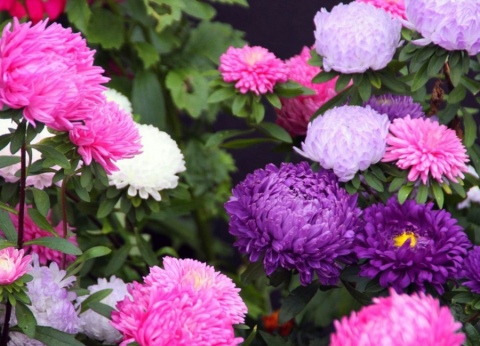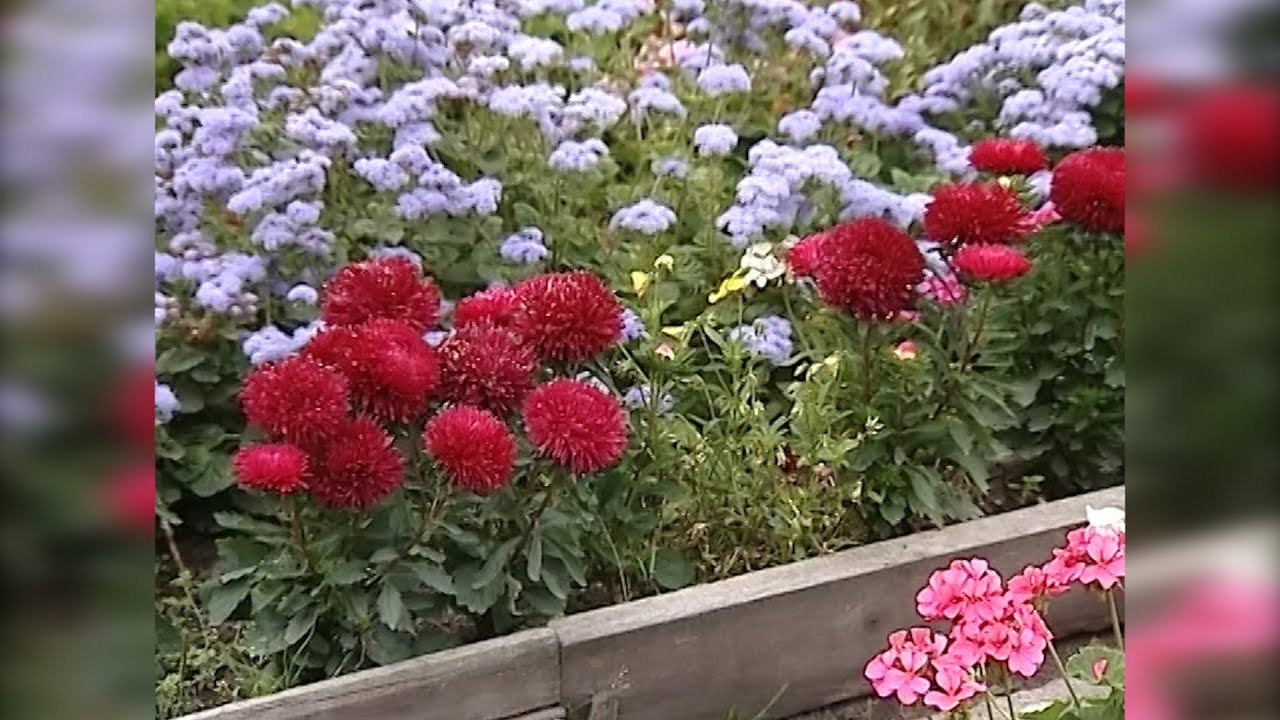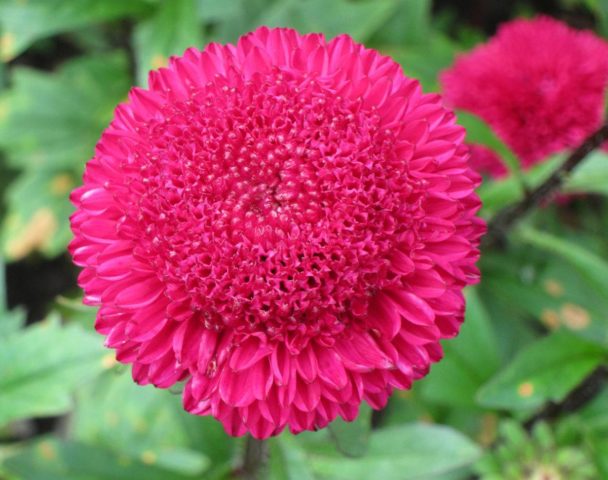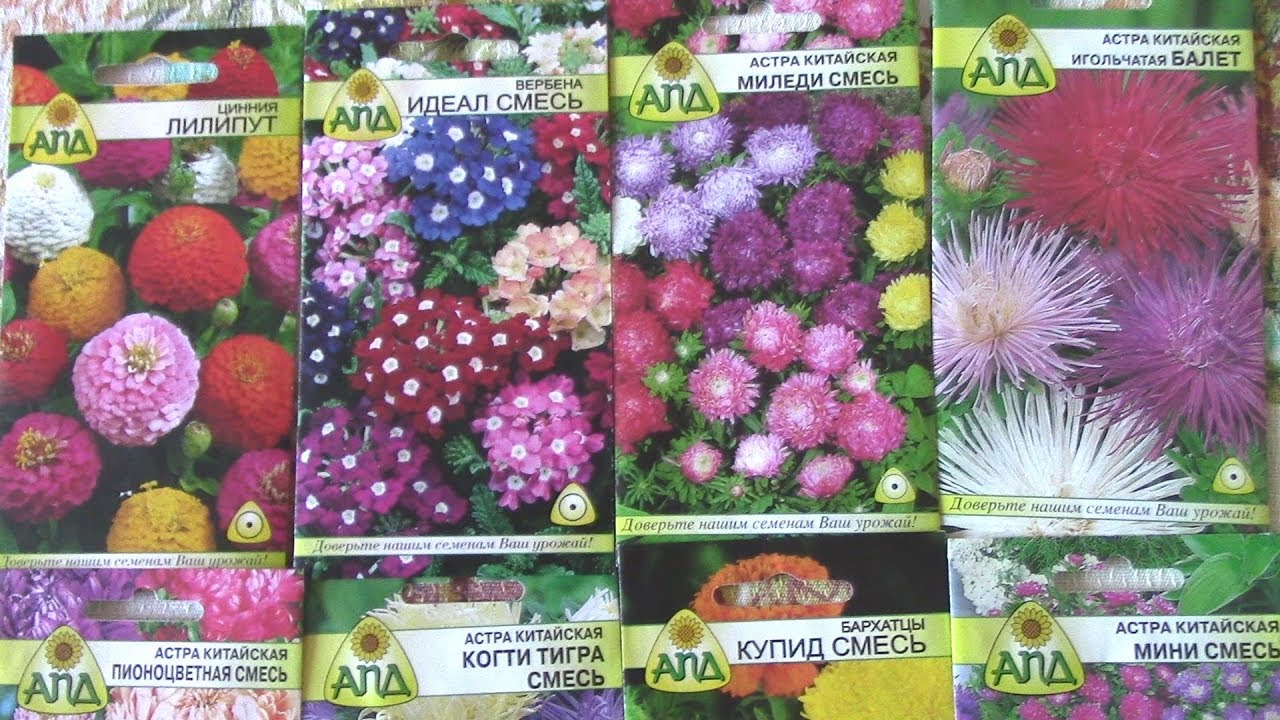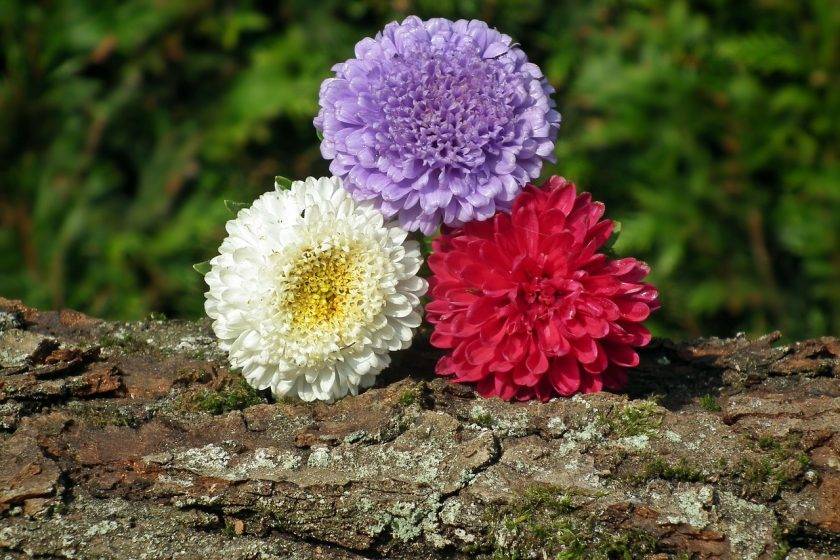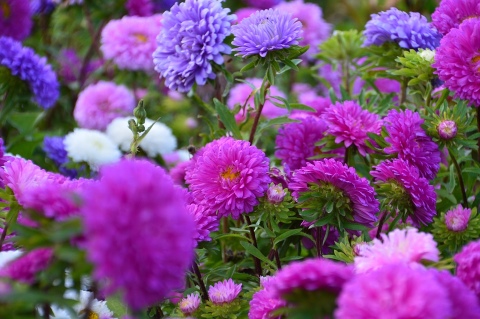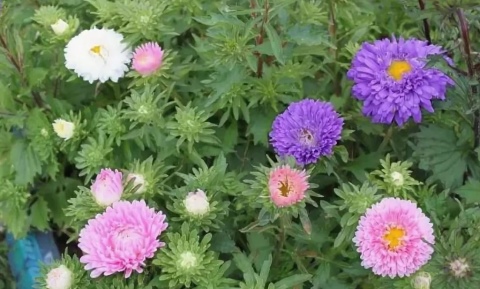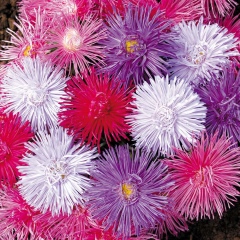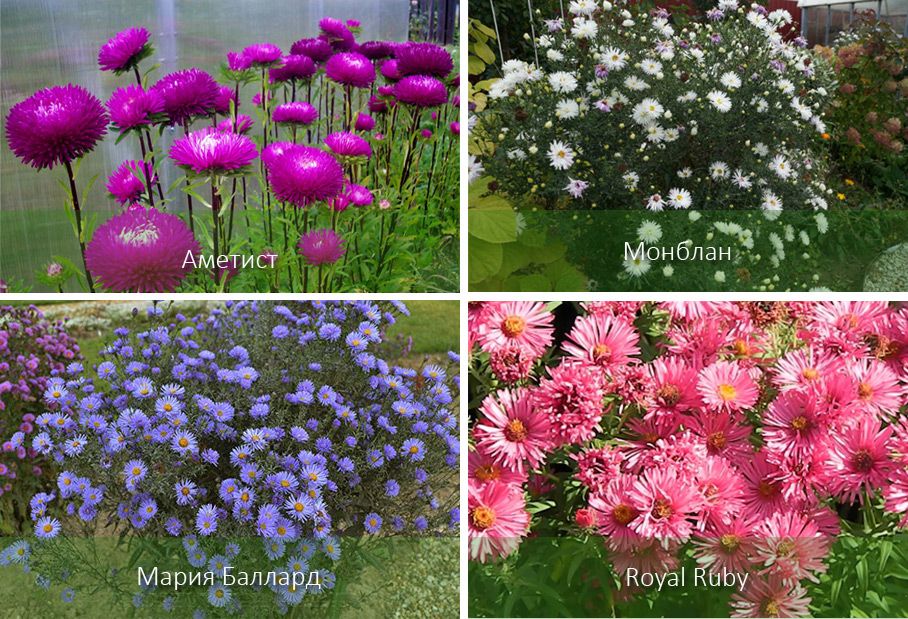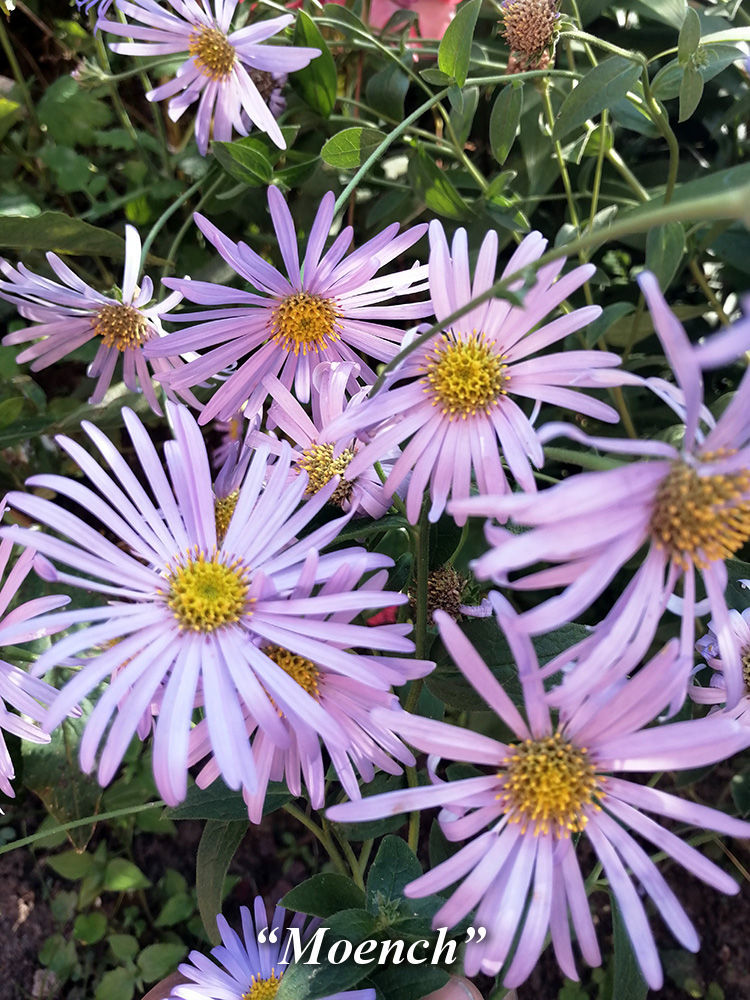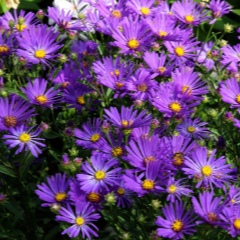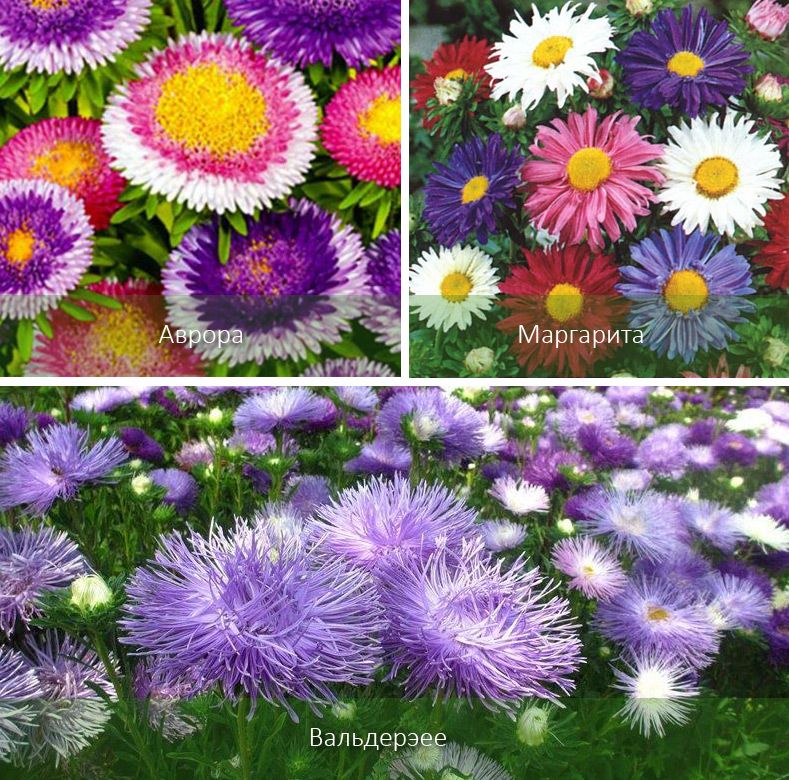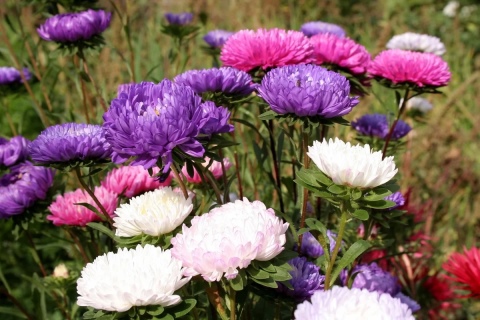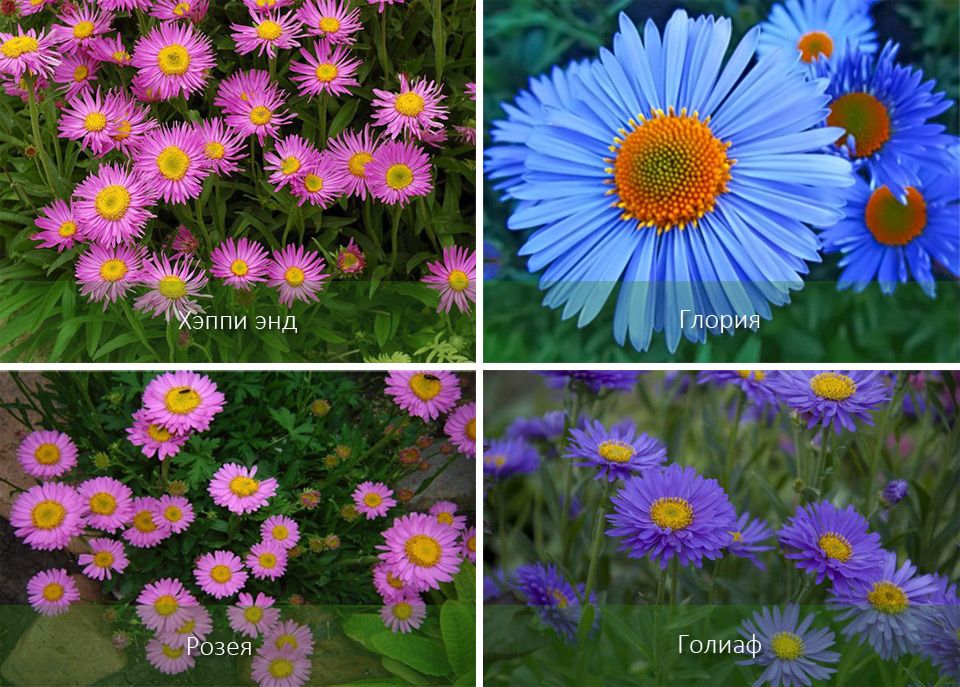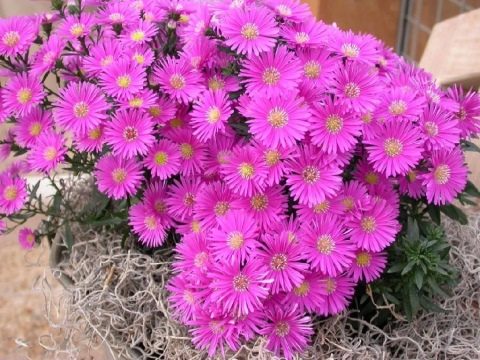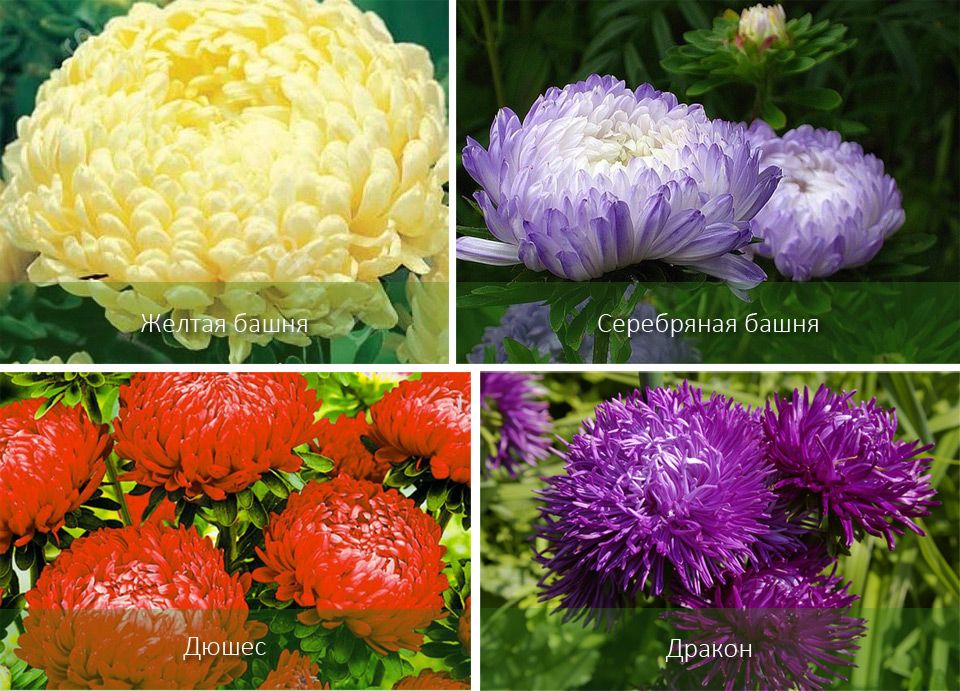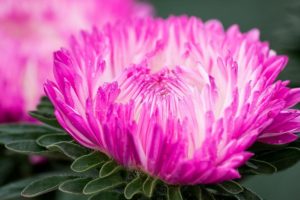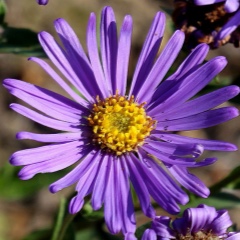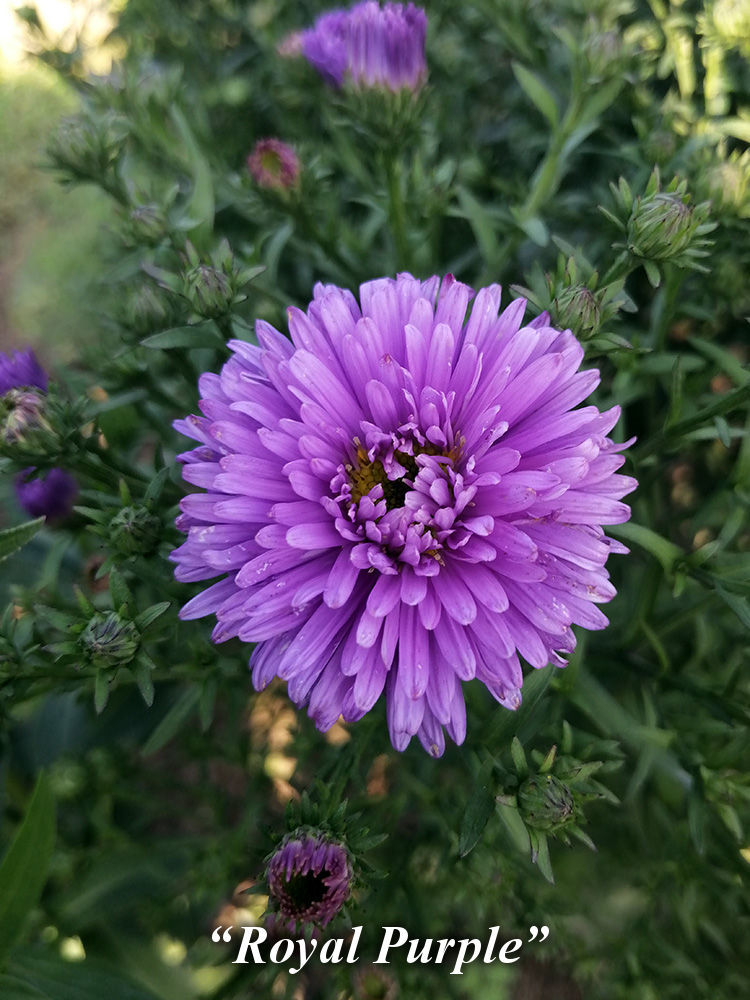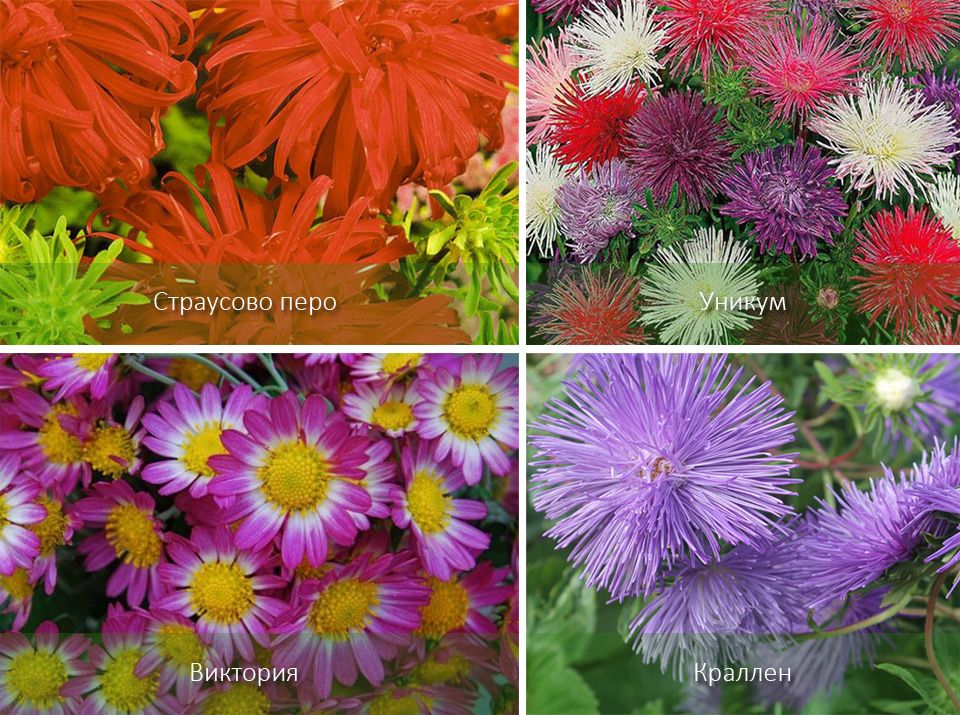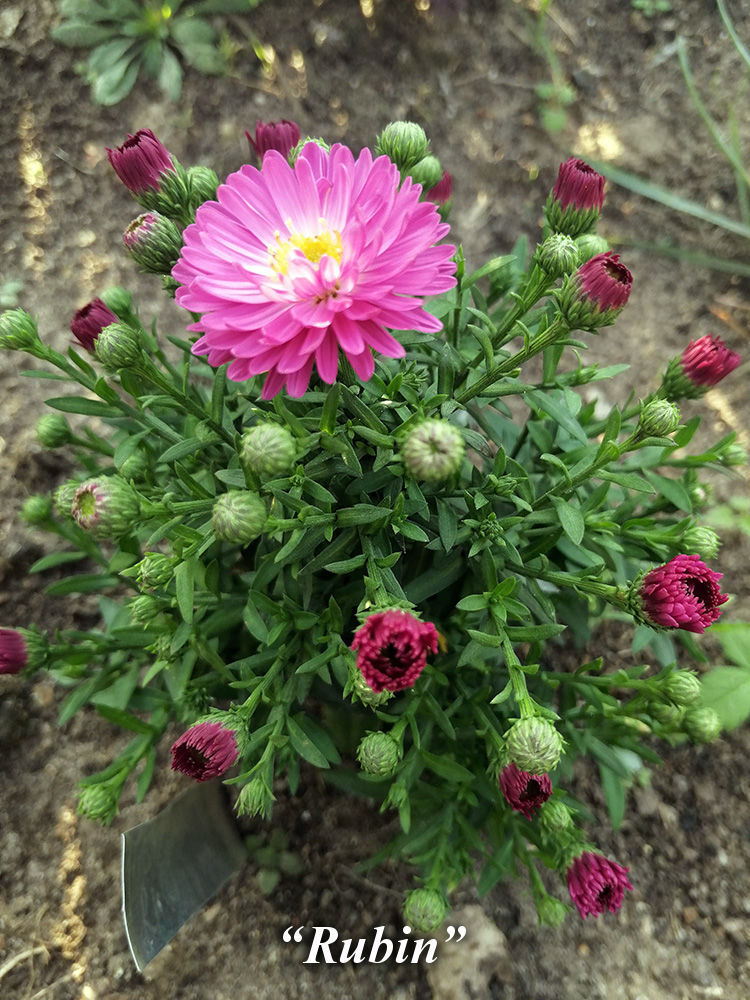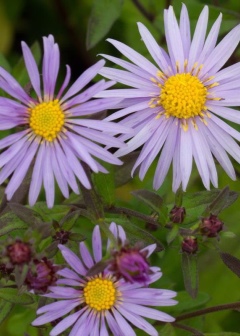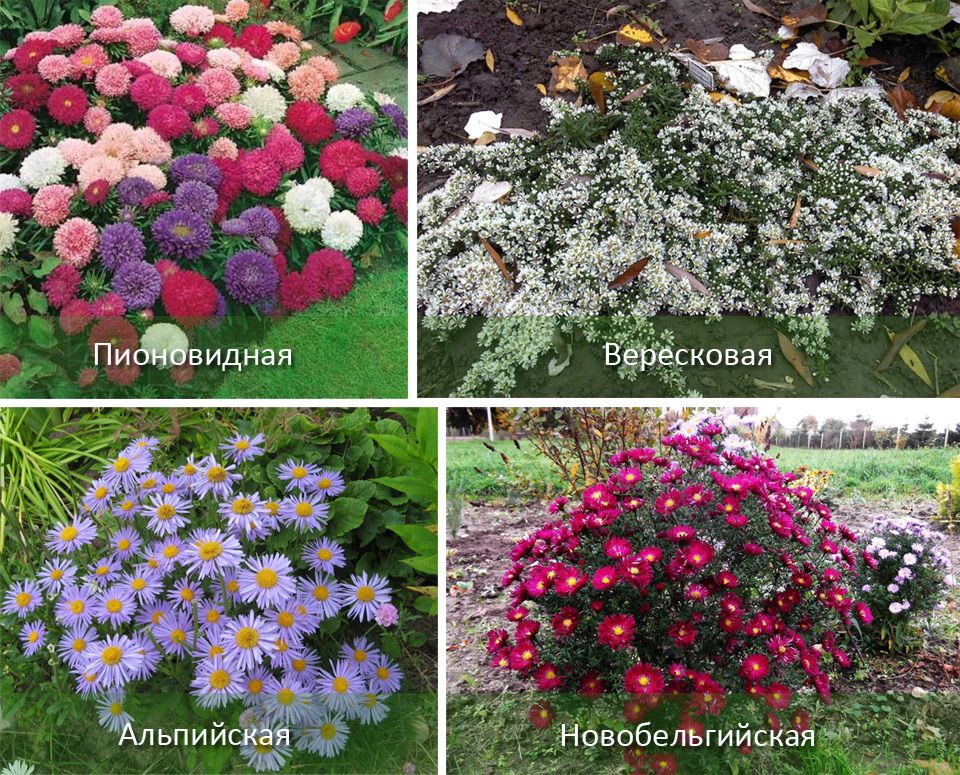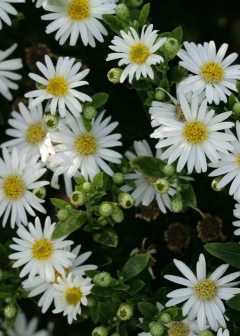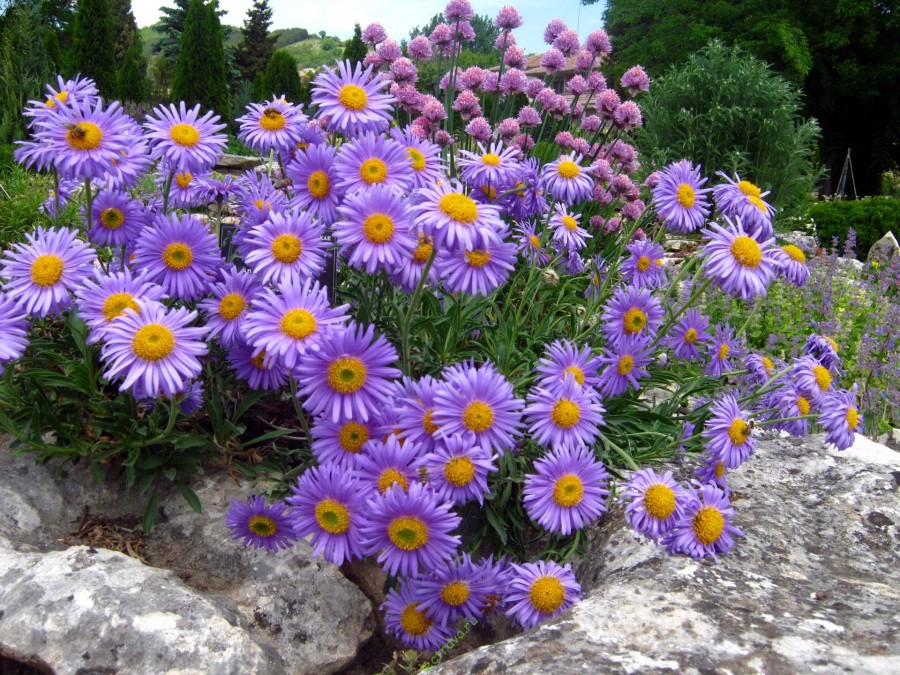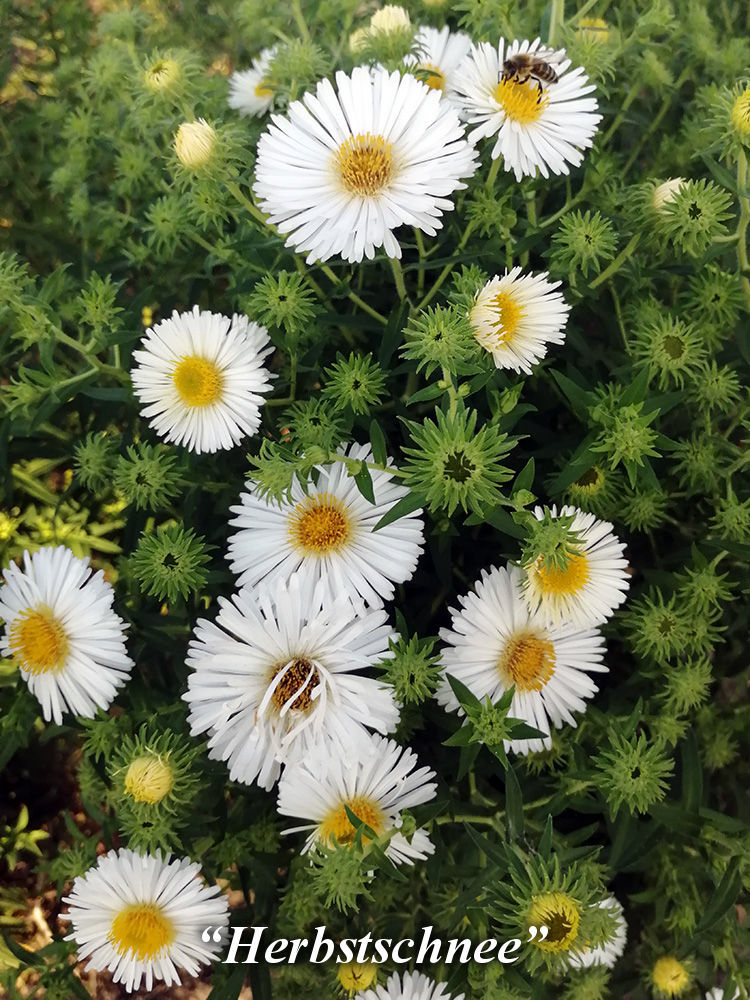"Pikoti" or bicolor
Picotee refers to a special pattern in which the edges of the petals are painted in a different color than the rest. Cultivars with the name "picoti" are produced by many seed producers, and often they are included in different series.
Varieties with a border of various colors and a white center are loved by flower growers around the world. However, the grower warns that the cultivar may lose colored edges and become solid colors depending on growing conditions.
White-pink "Pikoti"
"Pink Picotee lmp." (Pink Pikoti lmp. In the series "Echo" (Echo, 1). Tall variety with a large double flower of white-pink color. New variety in the famous Echo collection.
Pink Picotee from the Croma series. Tall collection (80-100 cm). A pink flower with a white edging, very similar to a rose. The third group of flowering.
"Pink Rim" (Pink Rome) from the "Piccolo" collection (Piccolo, 1 and 3). Tall shrub (80-100 cm) with a simple flower. Our eustoma of this variety is often called "Piccolo Picoti raspberry".
"Misty Pink" (Misty Pink), series "ABC 2". Tall lisianthus with a medium-sized double flower. Delicate pink color with white closer to the base of the inflorescence.
"Sapphire" (Sapphire). A dwarf variety measuring 13-15 cm in height. A simple flower with a delicate pink color. Excellent pink and white eustoma "Sapphire Pink Rome" is perfect for growing in the house.
Rose Picotee, Rosie Series. Low-growing variety 15-25 cm in height. Fully double flower, white with pink droplets at the edges of the petals.
Other varieties
- Tall, simple varieties: "Hot Lips" in the "Piccolo" series (Piccolo, 2).
- Tall double pink Picotee varieties of white-pink color in the Aube (Aube, 3), Mariachi (Mariachi, 2) and Rosita 1 collections. And also "Rose Rim" (Rose Rome) in the series "ABC 1", "Hot Lips" (Hot Lips) from "Rosita 2" and "Excalibur" (Excalibur, 3).
- "Pink Rim" (Pink Rome or "Pink Haze" from the American series from the company "Poisk") from the series
White with lilac and purple borders
Despite the word “blue” in the name, some varieties are colored not blue or blue, but in shades of purple or lilac. In our country, in a simple way, they are called "picoti blue or blue".
"Blue Rim" (Blue Rome) in the series "ABC 2" (ABC or simply ABC or ABC). We also know the variety as the "Madge Blue Rome" eustoma from the "Russian Ogorod" company. Tall plant (80-100 cm) with a large double flower. Petals with a white center and light purple edges.
Variety "Misty Blue" (Misty Blue or "Blue haze" from the firm "Agronika or Plasmas") in the series "ABC 1 and 2" or from the Japanese line "Mariachi" (Mariachi). Tall variety (75-95 cm in height) with double large flowers of light blue color with a slight lilac tint. Suitable for cutting. The "Misty Blue" varieties from both manufacturers with the same characteristics and outwardly very similar, which of them was the first to create it, we did not find accurate information.
Capri Blue Picotee, Super Magic series. Eustoma "Super Magic Capri Blue Picoti" is becoming more and more popular among flower growers. Tall variety (70-90 cm). Large double flower, white and blue. The second group of flowering.
Purple Picotee in the Arena series. A very bright variety with a clear contrast between white and blue-violet. Tall lisianthus (80-100 cm) with a large fully double flower. The second group of flowering.
American variety "Blue Chip" (Blue Chip or "Blue Haze" from the firm "Gavrish") from the series "Sapphire" (Sapphire). A compact shrub with a height of 13-15 cm for growing as a pot culture. A simple white flower with a light blue edging in the center of the petal.
"Blue Rim" (Blue Rome) in the series "Carmen" (Carmen). Low-growing variety (15-25 cm) with a simple medium-sized flower. The flower is white and blue, it looks very contrasting.
Other varieties
- Tall, simple varieties: "Blue Rim" (Blue Rome) in the series "Piccolo" (Piccolo, 1 and 2) and "Pastel Blue" in the same series, but the third flowering group. "Blue Picotee" (Blue Pikoti) in the series "Vulcan" (Volcano, 2).
- Tall terry: "Blue Picotee" (Blue Pikoti) in the series "Arena" (Arena, 3), "Aube" (Aube, 3), "Excalibur" (Excalibur, 2), "Rosita 2" (Rosita, 2).
We hope you liked a particular variety and can buy and grow it!
ALL ARTICLES ABOUT CULTIVATION OF EUSTOMA:
- WHEN TO PLANT EUSTOMA ON SEEDLING?
- HOW IT IS CORRECT TO SOW LYSIANTUS SEEDS?
- CARE OF EUSTOMA SEEDLING AT HOME CONDITIONS!
- CORRECT LYSIANTUS PICKING!
- GROWING EUSTOMA FROM SEEDS - OVERVIEW!
- EUSTOMA: LANDING AND CARE IN OPEN GROUND!
Features of home care
Aster is a street plant. However, its seedlings can also be found in the homes of experienced gardeners. To grow a strong and healthy plant, you must adhere to the basic recommendations.
Temperature
For active growth and development of seedlings, it is recommended to maintain a temperature of 15-16 degrees. As 3-4 leaves appear at the first shoots, the temperature can be reduced to 12-15 degrees.
Important! To make the flowers feel as comfortable as possible after being transplanted outside, it is recommended to lower the temperature in the room at night. This will allow the seedlings to adapt as quickly as possible to new conditions in the open air.
Lighting
Astra loves to bask in the warm rays of the sun. Seedlings are recommended to be placed on a windowsill on the sunny side. If this is not possible, it is recommended to install lamps nearby. Many growers put the seedling containers in the greenhouse for a while. This allows them to spend extra time in the sun, and it is also useful as hardening the sprouts.
Watering
Watering should be abundant, but rare. After each moistening of the soil, it is recommended to loosen it carefully. This will avoid waterlogging of the soil. Do not allow the soil to dry out.
Spraying
Spraying is an essential step in growing healthy flowers. The first week after the appearance of the first shoots, the soil is moistened with a spray bottle once a day. The second week - once every two days. In the third week, you can start full watering 2-3 times a week, gradually reducing the frequency, but increasing the volume of liquid.
Humidity
The recommended air humidity in the room where the asters grow should not fall below 65%. The maximum value is 80%.
Priming
Aster is a flower that prefers fresh soil. This is due to the fact that the old soil can contain sources of various diseases and pests. Ideal mixture for a flower: sand, turf, decomposed peat. The components are mixed in a 1: 3: 1 ratio. All large lumps must be removed from the soil.
Important! For seedlings, ordinary river sand is suitable, but if you cannot get it, then you can use coarse-grained, having previously calcined it
Top dressing
To grow strong flowers indoors, you need to consider feeding. The first feeding is recommended 2 weeks after planting the seeds. It is during this period that the root system is actively developing. For the first time, it is recommended to mix potash and phosphate fertilizers, while the proportion should be 2 times less than that indicated in the instructions. It is necessary to apply top dressing directly to the soil. If it gets on the tender young leaves, burns may occur.
Tall perennials for the Siberian region
Tall perennial flowers are planted in the background. Perennials such as:
1. The Present. Bright yellow fragrant flowers, collected in paniculate inflorescences. Unlike the spring bedstraw, this species grows up to 1 m. A real bedstraw resembles a wild growing culture, so it can be used to create a natural (natural) garden design. This flower grows on any soil, especially with clay content.
The bedstraw with its bright yellow flowers and the look of a wild plant will give your flower bed a natural beauty
2. Astra Novobelgiskaya. A beautiful and resistant to the external environment bushy plant. It blooms in late summer and before frost.He loves mineral fertilizers and is adjacent to any perennials.
New Belgian aster blooms in autumn until the very frost. Combines with any perennial flowers
3. Phlox. This beautifully fragrant flower is frost resistant. Phlox bloom all summer long, they like moderate watering and mineral dressing. Phlox is one of the ten popular plants among unpretentious perennials in northern gardens. Reaches 40 cm in height.
All gardeners of the Siberian region know about phlox. This flower takes root well in Siberia, does not require special care and looks original on any flower bed.
Siberian gardeners should also pay attention to such a perennial flower as a rose. This flower loves proper care, but its fragrant buds of different shades are worth the hassle of the owner.
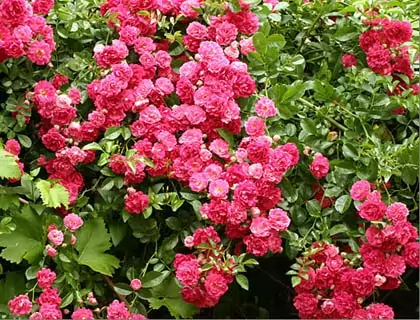
And of course, the queen of the garden is the rose. The Siberian region requires special care, but all efforts will pay off with the beauty of these amazing flowers.
Perennial flowers suitable for Siberia are a real gift for residents of cold regions. Proper care and selection of species will ensure the friendly uniform flowering of perennials throughout the warm season. Select varieties, experiment, and you will find your favorite perennial composition for Siberia.
Varieties of different types of asters
Given the large number of varieties of asters, one can only guess how many varieties and hybrids there are. Breeders have even created whole series of hybrids of some varieties, for example, suitable only for cutting. Let's take a look at some of the most beautiful varieties.
- Nana Alba The variety is classified as a herbaceous perennial. Bushes do not exceed 15 cm, grow no more than 20 cm wide. Densely covered with small white flowers with a yellow center. The leaves are small, long, smooth, with smooth edges. They enter the flowering phase in September. The variety is frost-resistant. They prefer cultivation in areas open to the sun with clay, loamy, well-worked, not dense soil. The hybrid is ideal for decorating mixborders, flower beds, curbs and rocky slides.
- Violetta The variety is classified as a tall perennial. The bushes are large, have a reverse pyramidal shape. Shoots are straight, strong, smooth or slightly fleecy. They reach a height of a little less than a meter (90-95 cm). Densely covered with dark green foliage. Violetta blooms for a long time and abundantly. Flowers are semi-double, small, grow no more than 3 cm in diameter. Painted in blue-violet color. Winter-resistant variety: calmly withstands frost up to -30C.
- Dragon One of the newest varieties for cutting. Breeders have bred many hybrids of this variety, each of which differs in the degree of curvature and color of the petals - from snow-white to burgundy-brown. Reaches 85 cm in height. Stems are rigid, glabrous, fleshy, strong. It blooms with large flowers 15 cm in diameter. The petals are twisted and curved, which gives them a similarity to garden chrysanthemums. Flowering lasts from mid-July to September. Planting on the same garden site annually is not recommended. The variety is not afraid of short-term frosts.
- Carambol. A wonderful variety of Chinese asters. It has become popular among gardeners due to its unusual chrysanthemum-like elastic inflorescences of silver-blue, blue, white-pink, blue, raspberry and golden-yellow color. The inflorescence has a hemispherical shape, reaching from 12 to 15 cm in diameter. The petals do not crumble after rain and wind. The form does not disappear. Stems are even, high (about 120 cm), stable, therefore not prone to lodging.
- The Phantom of the Opera Hybrid belongs to the professional series for cutting. As a result of sowing ordinary seeds, powerful bushes of a dark green color grow. Each shoot, especially closer to the flower, has a large number of scaphoid petals. All of them are bent towards the middle, rigid. Thanks to the powerful root system, the flowers do not fall or get damaged during bad weather. Inflorescences are snow-white, large, dense, spherical. They grow up to 16 cm in diameter.10-15 buds can form on one bush.
- Winter look: This variety is a hybrid of Chinese aster and chrysanthemum. Plants reach a height of 85 cm. On thick and rigid stems, peduncles of another row are formed, on which flowers are held. Since the variety is large-flowered, no more than 15 of them grow on one bush. The bushes of the variety should not be planted too close to each other, as this is fraught with fungal damage.
Read: We grow aster on the site
When and how it blooms
Today, botanists know a huge number of species, varieties and hybrids of this unusually beautiful flower.
Types of flowers
The Aster family includes a huge number of flower species. Choosing a plant that is suitable for a particular installation or flower bed will not be a problem. Today, there are several main and most popular types:
- ostrich feather;
- duchess;
- bouquet;
- Victoria.
Flower shapes
Asters are divided into several groups according to their shape.
To size:
- small - up to 3.5-4 cm;
- medium - from 4 to 8 cm;
- large - from 8 cm.
Inflorescence shapes
By the shape of the inflorescence:
- flat;
- rounded flat;
- hemispherical;
- spherical;
- semi-double;
- terry.
Flowering period
Typically, asters are divided into 3 flowering periods. The first ones are spring. Blossom from May to June. Next comes the turn of the summer. They bloom from June to August. Perhaps this is the longest group of flowers. Autumn delights from the end of August until the first snow.
Changes in care during flowering
During the budding process, the aster is fed a second time. For this, prepare 50 gr. a mixture of phosphate and potassium for every 1 m2 of the site. Just before the beginning of flowering, the aster is fed a third time. The composition of the top dressing remains the same. When the flowers are in full bloom, it is recommended that you reduce the watering a little. Asters are very sensitive to excess moisture, but do not overdry the soil too much. The frequency of watering is recommended to be developed independently, based on the time of complete drying of the soil near the root system.
Important! If the summer is dry, then watering should be abundant. Otherwise, the flowers will be scarce and small.
Transplant after purchase and during reproduction
It is recommended to transplant seedlings into open ground in early May. It is recommended to loosen the soil after each watering or rain. This helps to ventilate the root system and protects against rotting.
If the time for planting seedlings is missed, then you can resort to the cuttings method, which can be carried out throughout the summer.
Perennial asters
Perennials of the genus of asters are divided by flowering time into two groups: early flowering and autumn flowering.
Early flowering perennial asters
The early flowering group is not very numerous and is represented only by such species as Alpine aster (Aster alpinus), Bessarabian aster (Aster bessarabicus) and Italian aster (Aster amellus).
Alpine aster
Perennial asters from the Alpine group bloom in May, have a height of 15 cm to 30 cm, single inflorescences up to 5 cm in diameter are similar to simple daisies, often used for rockeries. Varieties:
- aster alpine Glory - height 25 cm, flower diameter - 4 cm, blue-blue chamomile with a hot-yellow middle;
- aster Wargrave - height up to 30 cm, diameter of a pink flower with a yellow center 4 cm, blooms in May-June.
In the photo: Alpine aster (Aster alpinus)
In the photo: Alpine aster (Aster alpinus)
In the photo: Alpine aster (Aster alpinus)
Italian aster
or, as it is also called, chamomile, blooms in June-July. Her inflorescences are large - up to 5 cm, baskets - corymbose inflorescences, bushes up to 70 cm high. Good for rocky gardens and rockeries. Varieties:
- Aster Rosea has pink ligulate flowers and light brown tubular flowers. Blooms up to three months from June;
- Rudolf Goeth variety - large corymbose inflorescences up to 4-5 cm in diameter, ligulate flowers - purple, tubular - yellow;
In the photo: Italian aster or chamomile (Aster amellus)
In the photo: Italian aster or chamomile (Aster amellus)
In the photo: Italian aster or chamomile (Aster amellus)
Aster bessarabskaya
It is also called false Italian. Bush up to 75 cm, numerous purple flowers with a brownish center.
Autumn flowering perennial asters
Autumn-flowering asters are presented more diversely: New Belgian aster, Shrub aster and New England aster.
Shrub aster
The earliest of the autumn asters is the bush aster (Aster dumosus), whose homeland is North America. The varieties of this species grow in height from 20 cm to 60 cm, the stems are so strongly leafy that even in a non-flowering state they can decorate the garden, like boxwood bushes. The most famous varieties:
- Niobe and Alba flora Plena - asters with white flowers;
- Blue Bird is a dwarf variety up to 25 cm tall with pale blue flowers, like the taller Blue Bouquet and Lady in Blue;
In the photo: Shrub aster (Aster dumosus)
In the photo: Shrub aster (Aster dumosus)
In the photo: Shrub aster (Aster dumosus)
Aster new belgian
The most common asters in our gardens belong to the New Belgian asters (Aster novi-belgii), or Virginia asters, which have both dwarf varieties (30-40 cm) and tall ones - up to 140 cm tall. Bushes at this type of aster powerful, paniculate inflorescences, the color of the flowers is blue, white, purple, all shades of pink and burgundy. Varieties:
- dwarf - Snowsprite with white flowers 35 cm high, Jenny - red asters, up to 30 cm high, pink Audrey variety up to 45 cm high;
- medium-sized - blue-violet Royal Velvet up to 60 cm tall, Winston S. Churchill - juicy ruby, bush 70-75 cm high;
- tall - Dusty rose - a bush up to 1 m high with soft crimson flowers up to 4 cm in diameter, Desert blue - lilac-blue flowers up to 3.5 cm in diameter on bushes up to 1 m high.
In the photo: Aster novi-belgii
In the photo: Aster novi-belgii
In the photo: Aster novi-belgii
New England aster (Aster novae-angliae)
Or the North American aster, also a popular species in our autumn gardens. It differs from other perennial asters in that its bushes reach a height of 160 cm. In all other respects, it is similar to the New Belgian one: very abundant flowering of small inflorescences. Varieties:
- Browmann is a bush up to 120 cm tall, the diameter of racemose inflorescences is up to 4 cm, blooms profusely from September. Reed flowers - purple;
- variety Constance - bush height can reach 180 cm, stems are branched, strong, inflorescences up to 3.5 cm in diameter, tubular flowers - brown or yellow, ligulate - purple. Blooms in September, hardy;
- Septemberrubin is a one and a half meter bush, ligulate flowers are red-pink, an inflorescence with a diameter of 3.5 cm.
In the photo: Aster novae-angliae
In the photo: Aster novae-angliae
In the photo: Aster novae-angliae
Perennial aster
If you foresee that there will be nowhere to put seedlings at home, and there is no place for it in the greenhouse, then opt for perennial asters. They can be planted both seedlings and non-seedlings.
The first two years of seed germination is good, then it drops by half, and in the fourth year the seeds will simply remain in the ground.

They also need to move, but for a different reason than annuals. Perennials grow very quickly, so they need to be replanted every 3-4 years to rejuvenate.
Annual asters bloom 3-4 months after planting, perennials show off their buds only in the next season.

